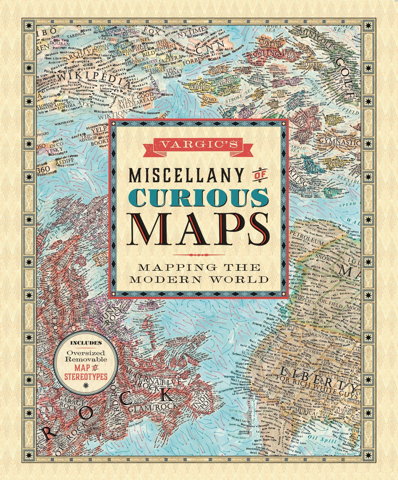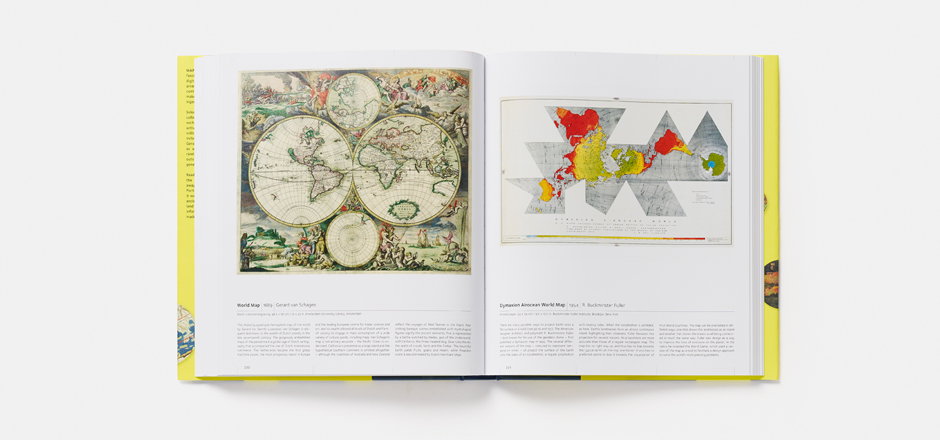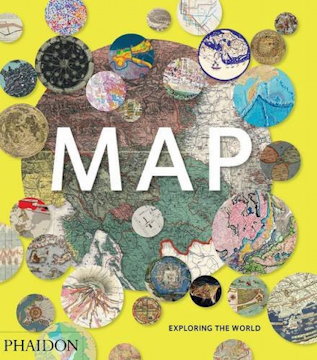I’ve blogged about the Tabula Peutingeriana before. It was a medieval copy of a fourth- or fifth-century map of the Roman road network. Combined, its 11 sheets form a scroll 6.82 metres long and only 34 centimetres wide, with territories elongated beyond modern recognition; it was basically the classical period’s equivalent of a TripTik or Beck network map. The sole remaining copy is held by the National Library of Austria: it’s too fragile to put on display, though an exception was made for a single day in 2007.
 Anyway. During my online meanderings today I stumbled across two academic books about the Tabula that I was previously unaware of: The Medieval Peutinger Map: Imperial Roman Revival in a German Empire by Emily Albu (2014) and Rome’s World: The Peutinger Map Reconsidered by Richard J. A. Talbert (2010). Both from Cambridge University Press, neither cheap.
Anyway. During my online meanderings today I stumbled across two academic books about the Tabula that I was previously unaware of: The Medieval Peutinger Map: Imperial Roman Revival in a German Empire by Emily Albu (2014) and Rome’s World: The Peutinger Map Reconsidered by Richard J. A. Talbert (2010). Both from Cambridge University Press, neither cheap.
Buy The Medieval Peutinger Map at Amazon (Canada, U.K.)
Buy Rome’s World at Amazon (Canada, U.K.)


















